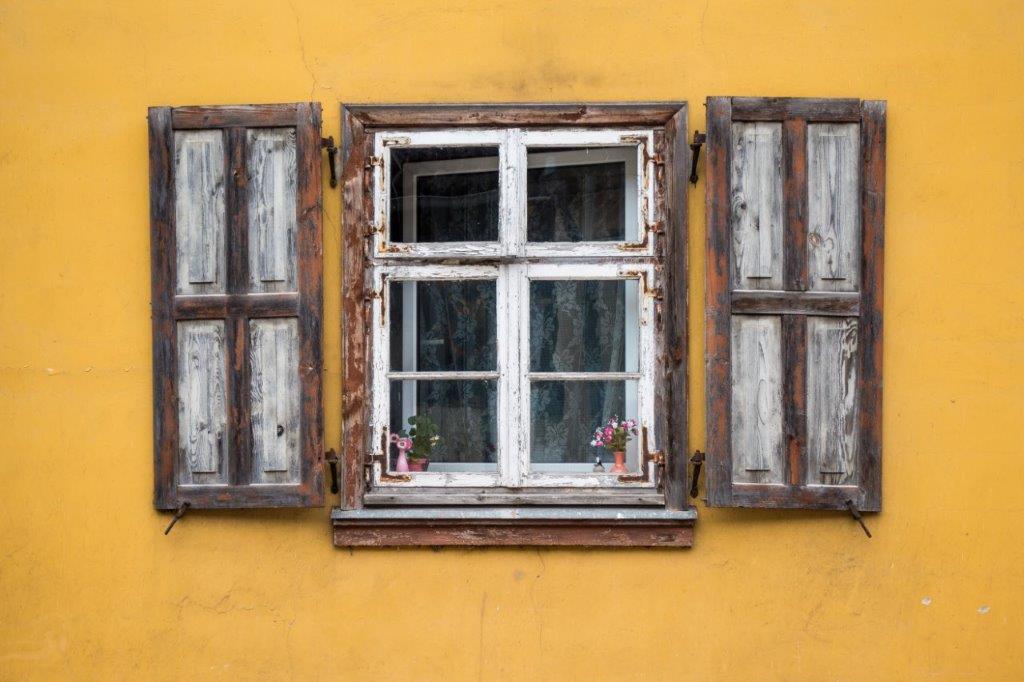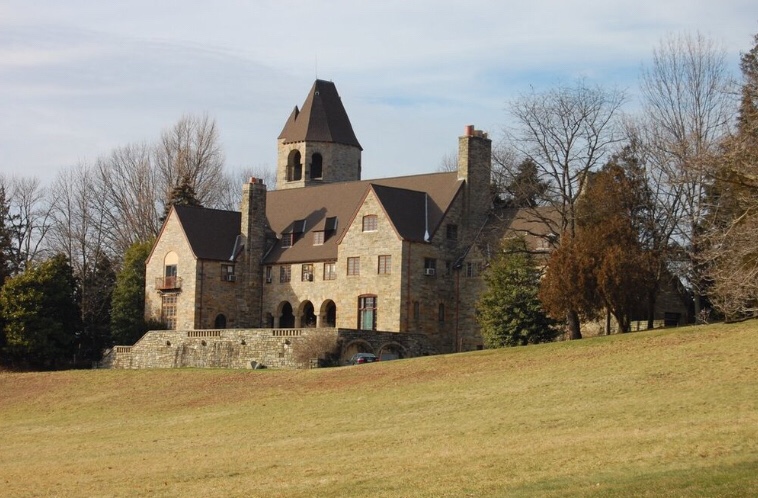What is fenestration consulting?
July 22, 2022Fenestration refers to openings in a building, such as windows, doors, skylights, sloped glazing, curtain walls and storefronts, designed to permit the passage of air, light or people. These openings are called fenestra (singular) or fenestrae (plural) from the Latin word for windows and refers to any opening that allows passage from outside to inside.
In construction, fenestration refers to the arrangement, proportioning, and design of windows and doors in a building. But there is more to fenestration than simply specifying the location for windows or doors in a building. When you add openings to a building, it makes the structure weaker. This is one of the reasons why historic buildings had fewer and smaller windows than modern construction can accommodate.
Fenestration and practical concerns
Architecture is an art form that combines both design and functionality. If you look at many ancient and historic buildings, even the very impressive ones, they have few windows because fenestration would weaken the stability of the building’s walls. The more solid a structure, the more stable it would be; if you started adding openings for windows, they would weaken the stability of the building’s walls.

Thus, ancient builders struggled to erect large structures with many fenestrations or windows. With modern architecture and engineering and the advent of steel frames which are stronger and distribute weight differently, it is possible to create buildings with bigger doors and windows.
Fenestration is usually viewed as an aesthetic feature, but it also affects the performance of the building. For example, a strategically placed window can considerably reduce the usage of indoor lighting and thus save electricity. They can also be used for passive solar heating for reducing the workload on space heating systems.
Carrier Hall, Memphis
February 17, 2021
The Memphis, Tennessee estate, “Carrier Hall,” (built for Robert. M. Carrier) was constructed by John Write Johnson and designed by architect, Bryan Flemming in 1923. Their collaborative efforts incorporated a recreation of the 17th-century style “Jacobean Country Home”. Preceding the construction, Flemming and Carrier traveled to several European countries over the course of six summers, collecting carved paneling, linenfold doors, steel sash, French casement windows, furniture, imported brick from England, and artifacts to be assembled into the estate.
This home includes 8 fireplaces with hand-carved mantels, leaded windows, furniture-grade-10-inch oak flooring, and hand-carved oak paneling. The 9,000 square foot home is equipped with 14 rooms, 5 bedrooms, 5 full bathrooms, and 3 half bathrooms. Carrier Hall rests on 2 acres of land and contains both a guest house and a summer tea house.
The current owners of the estate are Lisa and Bill Courtney. After speaking with Lisa about the history of “Carrier Hall”, she noted that Elvis’ cousin Bobbie had previously owned the home with her husband Ed Wren in the late 1960s. Elvis was known to periodically visit the home to hang out with his cousin. Lisa also went on to mention that before she and her husband bought Carrier Hall, the home was infamous for its lavish parties, thrown by previous owners. Other well-known owners of the home were interior designers, William Eubanks, and William R. Kent.
Carrier Hall was placed on the National Register of Historic Places in 1980.
The Stories That Shape Our Future
February 17, 2021History is everywhere. Whether you live in a rural environment, or in a major city the ground beneath you carries stories from the past that helped shape the future that we currently live in. There are various towns/cities where its exterior may not seem promising; however, if you look deep enough you can find the rich history engraved within.
It all starts with research. Getting to know the place in which you reside. You feel more connected to your environment when you are aware of its records and stories. Many towns and cities thrive off of their history, and have preserved historical structures throughout the years to sustain the location’s character and integrity.
Many individuals are not too keen on research, so I would say another great way to learn more about a town’s history would be actually going out and exploring. You can find just about anything you are looking for by visiting local museums, going to the library, speaking with residents, or simply mapping out the town. It’s very rewarding to become more in touch with where you reside, as you become more connected to those before you, and feel more motivated to create a history that will make the next generation as proud and as curious as you were.
The Benefits of Hiring One Company for the Entire Job
February 17, 2021
When it comes to home improvement and restoration, it is important to hire a company that you trust will not only get the job done, but also cater to the needs of your vision, as well as your home. Hiring one company to do the entire job makes the project more manageable, and creates a direct line of contact between you and the company. Here are a couple of advantages to consider when looking to hire a company for your home improvement needs.
- AccountabilityWhen you hire one company, you are holding them accountable to complete all aspects of the project. It can be difficult figuring out who is to blame if something were to go wrong when hiring multiple contractors or repair men to work on your home. If you hire one reliable company to oversee all components of the project, they will be held accountable for any and all issues.
- Cost EfficiencyWhen you hire multiple companies to carry out your home improvement project, it can often lead to unnecessary expenses. Hiring one company usually means getting one price quote, and not having to worry about paying multiple people to work on your home.
Maintaining Your Historic Windows
February 17, 2021
Original, historic windows, add depth, character, and aesthetic appeal to your home. The restoration of historic windows helps maintain and preserve their character-defining features, as opposed to replacing them with modern fixtures. Historic windows have been proven to be both efficient, and sustainable. If maintained, and properly restored, your windows have the potential to last another 50 years before being restored again.
Blogger, Scott Sider has come up with a list of 9 reasons to keep your old, historic windows. Below you will find the link to this list.
https://thecraftsmanblog.com/9-reasons-to-keep-your-old-windows/
Asbestos and Your Windows
February 17, 2021
We know what you may be thinking, “why would anyone use asbestos in window putty?” Asbestos, while harmful, is used in most building products for its strength and fire resistance. While the intention behind including asbestos in these products were good, it resulted in the potential exposure during window renovation and window replacement. Check out this article on asbestos in window putty for more information on the necessary precautions that should be taken when you are looking to have services done on your windows.
Restore or Replace?
February 17, 2021Restoration vs. Repair
February 17, 2021
Historic buildings are commonly known for restoration projects, though many modern buildings undergo restoration as well. Restoration is the process in which a home or a building is returned to its original condition. When restoring components of a historic building, it is important to honor the integrity and time period of the home. Preservation and restoration reduces waste, maximizes the use of existing materials and infrastructure. Repairing, while fixing the overall infrastructure, does not maintain any of the character or history of the building.
https://archpres.com/why-restore-instead-of-replace-embracing-the-longevity-of-historic-buildings/
Welcome
February 16, 2021
Architectural Window Restoration would like to welcome you to our blog. This will be a platform in which we will share stories, tips, information about restoration/repairs, articles, and architecture. Please check back weekly for updates and new posts!